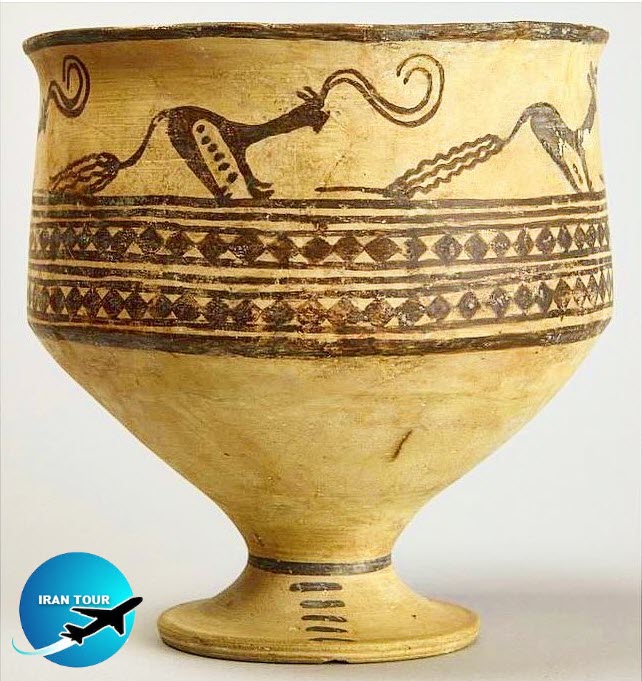Copyright 2020 - 2021 irantour.tours all right reserved
Designed by Behsazanhost
Sialk Mounds
Sialk Mounds
The Sialk mounds are among the most ancient sites of civilization on the Iranian plateau. The two mounds are called the Greater Sialk (southern mound) and the Smaller Sialk (northern mound). These imposing tumuli and the relics they contain are the remains of the ancient city of Sialk, which, according to the research carried out in 1932-37 by French Prof. Ghirshman, was inhabited by highly civilized people from the 5th millennium B.C. or earlier.
 |
The excavations at the site resulted in the discovery of bronze tools and painted pottery, glassware, clay statuettes, ornamental objects, and human and animal figurines produced as early as the 5th millennium B.C. The latest research has revealed that the city also had the oldest ziggurat yet discovered, thus suggesting that ziggurats may be of Iranian origin, and not Mesopotamian as previously believed. The mounds were occupied up to the 8th century B.C. by successive groups of peoples, whose civilization progressed from the Stone Age to the Iron Age.
 |
The Northern Mound is 120 m long and 110 m wide. At present, it rises 6 m above the surrounding valley, while 11 m are concealed beneath the ground. Five distinctive layers can be singled out in this mound, each clearly identifiable by its pottery (specimens in the National Museum in Tehran and in the Louvre) and burials. From the first period of occupation carved bone and shell ornaments, stone implements, and handmade pottery remain. During this time (Sialk I, c. 5000 to 4500 B.C.), the dead were buried in a contracted position beneath their huts, and the corpses were stained red. Sialk II (c. 4000 B.C.) is characterized by mud-brick dwellings. The pottery of this period was produced on a crude wheel, with black painted designs on a dark red ground depicting naturalistic animals. This period also features the extensive use of metal.
 |
The Northern Mound was then abandoned and the bigger Southern Mound was constructed at a distance of 500 m from it (Sialk III, 3900-3000 B.C.). It is 260 m long, 190 m wide, and its highest point rises almost 25 m above the surrounding valley. The mound consists of eight superimposed archaeological layers, producing the first evidence of trade (in shells, from the Persian Gulf), pottery, stamp seals, and houses made of rectangular mud bricks. During this period, copper was smelted and cast in molds. The dead were buried in graveyards, and many precious items were buried with the dead bodies. This period was ended by an enormous conflagration when the site was devastated by the Elamite invaders. After settling here, the Elamites introduced monochrome pottery with geometric ornaments and proto Elamite script (Sialk IV).
 |
After this period, nearly 2,000 years passed before there was a new migration. Their dead were fitted with leather helmets decorated with silver medallions and buried in a necropolis some distance from the town. Over 200 tombs were excavated here, and the remains of the cemetery can be seen to the northeast of the citadel mound. Somewhere around the 9th to 8th century B.C., the structures were again destroyed and never rebuilt.
- Details
- Category: KASHAN HISTORICAL SITES